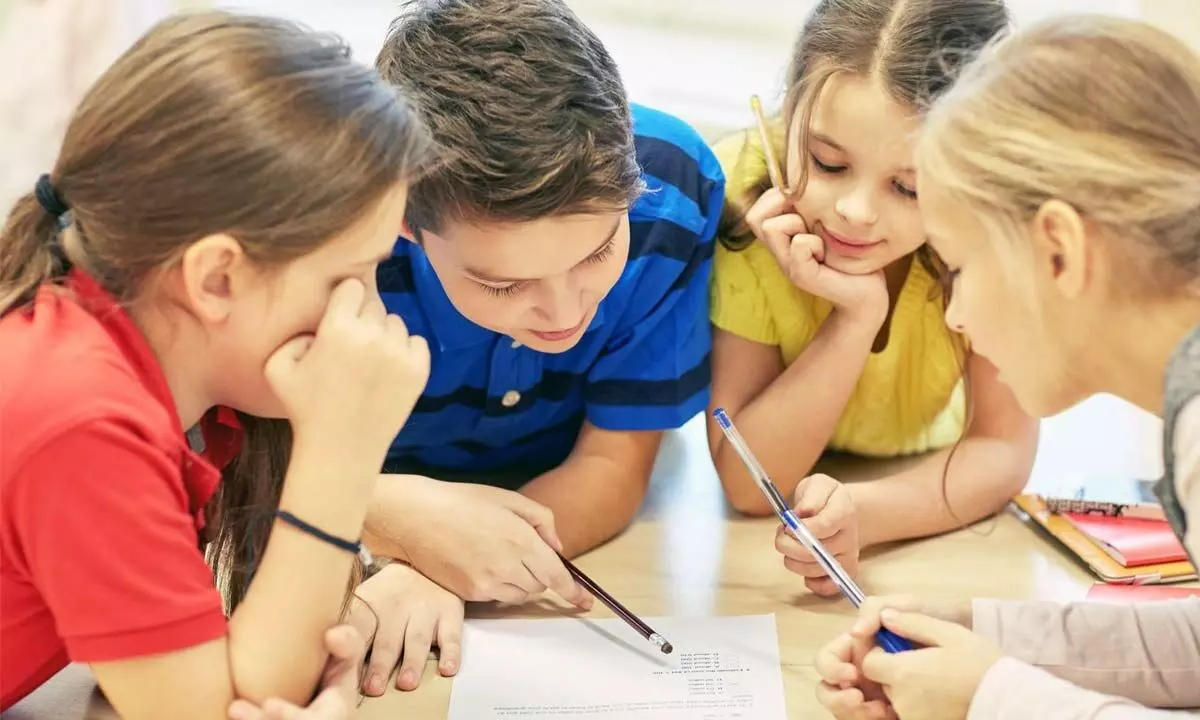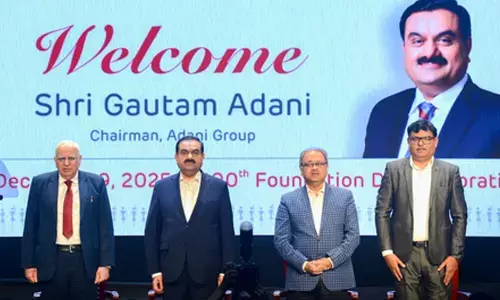How Metaverse enhancing student's developmental growth

How Metaverse enhancing student’s developmental growth
For detailed subjects like STEM, the metaverse gives every student the opportunity to engage with hands-on practice which is not possible with conventional learning methods or probably too complex to be carried out in the real world. They are able to innovate new solutions thus improving important attributes like numeric skills, problem-solving capabilities, and more.
The future we have been anticipating is here, and it is only getting bigger and better. In fact, for India, the Republic Day float has also brought light to this new wave in education through Jhanki that illustrated achieving knowledge from 'Vedas to the Metaverse' which also aligns with the National Education Policy. This supports and encourages the use of new technologies and experiential education by including Web3, Metaverse, and NFTs while also maintaining heritage roots from the Vedas.
In the next few years, the educational sector is expected to boom with the introduction of Metaverse. Creating virtual environments will facilitate improved and interactive learning experiences is the future of education and a crucial part of a student's holistic growth and development.
What is metaverse in education?
Simply put - Metaverse is a virtual world with a reality-like environment where students can do various things such as participate in Olympiads, attend classes from the best in the world, showcase their artwork in virtual galleries, and so much more.
Let's take history as a subject for example, where students are learning about Indian history, battles, and civilizations, and are transported to encounter a historic reality but virtually. Here, they get to experience practically witness how people lived, see the religious and political situations, temples being built, the concept of gods and the diversity of people worshipping them, their culture, the language, expressions, and beliefs - each aspect unfolding in front of their eyes creating the curiosity to explore, ask questions, ponder and learn! This can be replicated for many other subjects like mathematics, and science and even help them adapt to new languages and intrigue them with global art and culture.
Introducing interactive environments and NFTs
The interactive environment is the core of the Metaverse. Creating these virtual environments is the best way to improve learning among students which further helps them form their own opinions and judgment.
Moreover, the inception of NFT platforms has encouraged students to share their creativity and talents to further earn token money that can be used in other educational endeavours. These platforms act as a huge confidence boost for kids and the token money can be used to redeem STEM kits, scholarships to high-end courses, and educational content subscriptions.
Exchanging information
When kids are intrigued and interested - they learn better and when they learn better, they participate with more interest. Education today is moving to a 360 approach and the Metaverse and new technologies are helping further accelerate this. Scanning through textbooks and giving exams to score marks is no longer what students need. In fact, they now take ownership of their own learning journey and are no longer receivers but in fact equal contributors to the education dynamic. That is what the exchange of knowledge looks like and creates a healthy space where all ideas are welcome and encourage students to challenge their thinking.
Hands-on practice and innovation
For detailed subjects like STEM, the metaverse gives every student the opportunity to engage with hands-on practice which is not possible with conventional learning methods or probably too complex to be carried out in the real world. They are able to innovate new solutions thus improving important attributes like numeric skills, problem-solving capabilities, and more.
Stimulating multidisciplinary learning
The metaverse is a great way for teachers to introduce and overlap subjects together. The students can understand the collision of various disciplines and enhance a sense of collaboration among peers. This is also a great platform where kids learn confidence, and healthy ways to compete and perform to the best of their ability.
Improved adaptability
These reality-like environments charge up design thinking abilities in the students and provide holistic learning that further prepares them for a futuristic world. Through their experiences, students are able to adapt to new situations and sudden changes in the world. It makes them better prepared, and responsible and empowers them to provide high-value participation in all endeavours.
(The author is the
CEO & Co-Founder, STEM Metaverse)



















